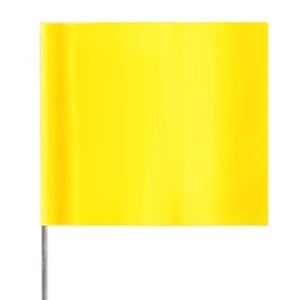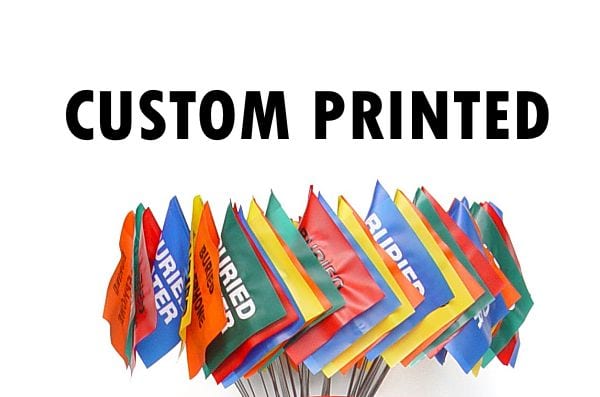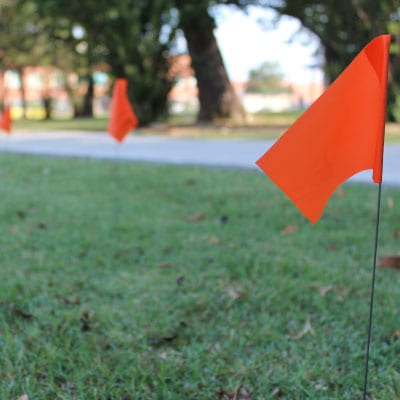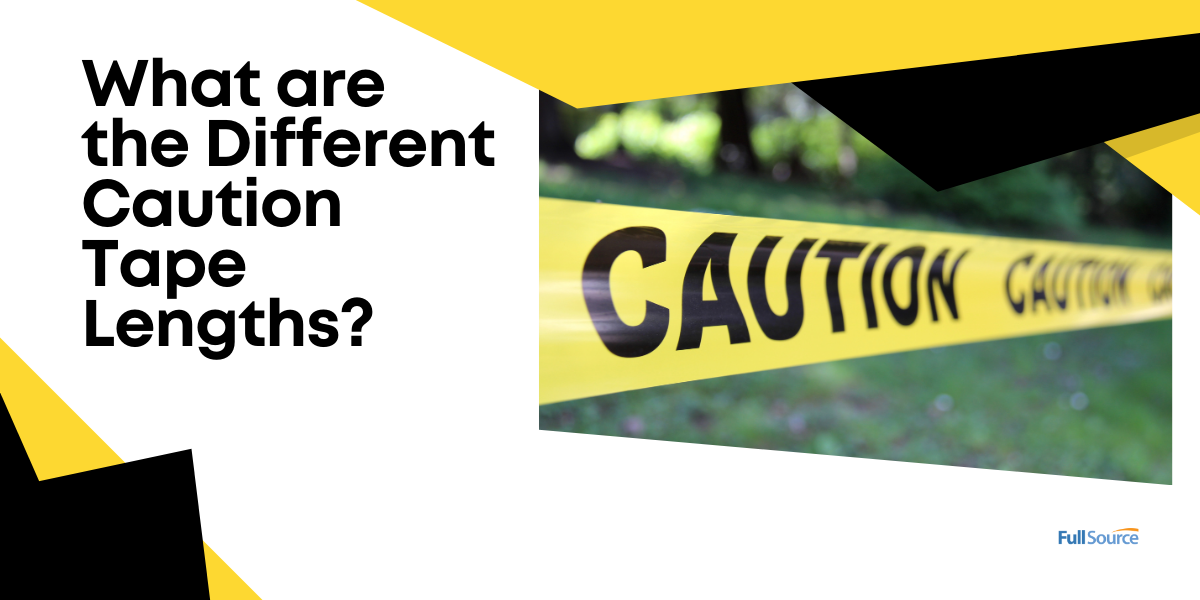Do you ever find yourself staring at a sea of colored flags, wondering what do the different marking flag colors mean? As a landscaper or construction worker, understanding marking flag colors is crucial for the safety and success of your work. In this guide, we’ll break down the meanings behind each color so that you can confidently navigate any job site with ease. From red to blue to pink and purple, we’ve got you covered – let’s dive in!
Introduction to Marking Flag Colors
First of all, marking flags are an important part of any landscaping or construction project. Use them to mark boundaries, hazards, and other important areas. There are many different flag colors and each has a specific meaning. It is important to understand the meanings of the different colors before using them. And the APWA or American Public Works Association determines a standard for flag color designation.
And the most common flag colors are orange, white, and blue. Use orange color flags to mark boundaries and communication lines. White flags are often used to mark hazards and proposed excavation. And use blue flags to mark potable water. Other flag colors may be used for specific purposes on some projects. And all of our marking flags are from the best-selling brand Presco. These wire staff flags come in bundles of 100 to 1,000 flags.
When choosing marking flags, it is important to select the correct color for the intended purpose. Using the wrong color flag could result in serious accidents or damage to property. And the bright fluorescent or neon colors contrast in complex environments. Industries like utilities, construction, line locating, hardware, and, forestry use them. Also, Presco brand marking flags are wind tear resistant and durable in temperatures up to -40 degrees Fahrenheit.
Different Marking Flag Colors
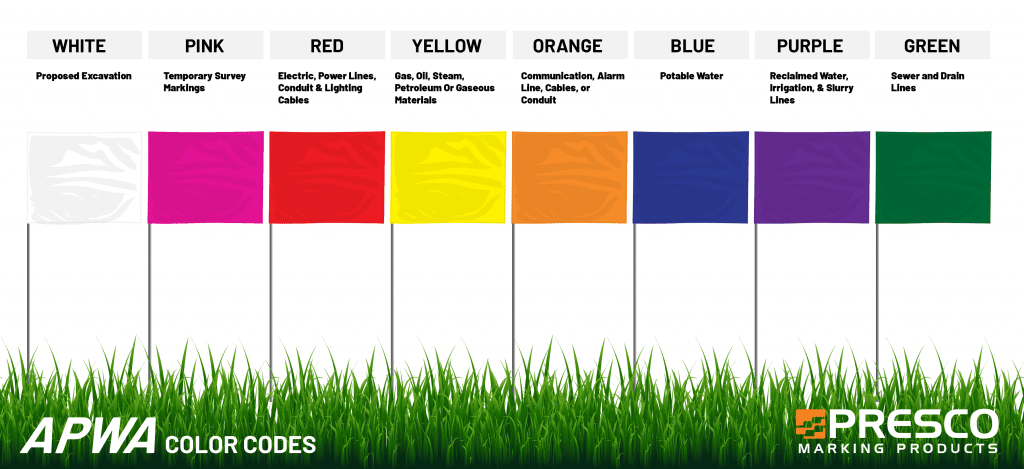
Different flag colors can indicate a variety of things to landscapers and construction workers. Here is a guide to understanding the different APWA flag colors and what they mean:
Red flags: Red flags are typically used to indicate danger or a hazard. This could be anything from a sinkhole to live wires. It is important to always be aware of your surroundings when you see a red flag, and to take caution. And other uses of red color flags are for marking electric power lines, cables, conduit, and lighting cables.
Yellow flags: Yellow flags are usually used to mark underground utilities. This includes things like gas, water, and sewer lines. It is important not to dig in areas where there is a yellow flag, as you could damage the utilities.
Blue flags: Blue flags are typically used to mark the location of storm drains or other drainage systems. It is important not to block these drains, as it could cause flooding.
Green flags: Green flags are often used to mark the boundaries of a property. This can be helpful when landscaping or doing any type of work on a piece of land. And green color marking flags are used to mark sewer and drain lines.
Purple flags: Use these to mark reclaimed water, irrigation, and slurry lines.
Pink flags: Pink marking flags are used for temporary survey markings.
White flags: White marking flags are for proposed excavation.
Orange flags: These mark communication, cable TV, alarm or signal lines, and cables or conduit.
Black flags: Used for marking proposed excavation in snowy areas or locations where marking flags are hard to see.
Different Sizes of Marking Flags
Because different jobs call for different size flags, Presco offers 2 different sizes. And this includes 2×3 and 4×5 inch flags. All of the flags come with a heavy 16 gauge metal wire staff that is easy to insert into the ground. And staff lengths range from 15 inches to 36 inches. Customize your Presco marking flags with your name or company logo. And this is ideal for landscapers, utilities, and municipalities.
Benefits of Using Marking Flags
There are many benefits to using marking flags, especially for those working in the landscaping or construction industry. For one, marking flags can help you indicate where buried utilities are located so that you can avoid them when digging. They are also used to mark the boundaries of a property or project site. In addition, marking flags help you keep track of where you have already been and what still needs to be done. And use them to provide visual cues for safety purposes (e.g., marking a hole in the ground).
Alternatives to Marking Flags
Although marking flags are the most common way to mark underground utilities, there are a few alternatives that you may come across. Here are a few of the most popular alternatives to marking flags:
Marking Paint: Use marking paint from brands like Krylon and Ameri-Stripe to mark underground utilities, especially in more urban areas where flags may not be as visible. When using marking paint to mark utilities, be sure to use a color that contrasts well with the surrounding pavement or ground so that it is easily visible.
Marking Tape: Another common alternative to marking flags is marking tape. This includes different patterns and types of tape, but fluorescent colors tend to work best. Again, be sure to use a color that will contrast well with the ground or pavement so that it is easily visible.
Stakes: Stakes are another popular alternative to flags, especially in rural areas where flags may not be as visible. When using stakes to mark utilities, be sure to use a brightly colored stake so that it is easily visible.
Marking Whiskers: Marking whiskers from Presco is an alternative to marking flags. They come in APWA color-coded options. And the virtually indestructible design makes them ideal for construction sites, athletic fields, and underground utility marking. Presco marking whiskers attach to wood stakes with 60-penny nails (not included). Use them alone or in conjunction with other marking products.
No matter what method you use to mark underground utilities, be sure to use a color that will contrast well with the surrounding area so that it is easily visible.
Conclusion
In conclusion, knowing what specific marking flag colors mean is essential for any landscaper and construction worker. Each color has a distinct purpose that can help keep you safe on the job. Understanding what the different marking flag colors mean helps you convey the proper identification for the job you are performing. And Presco marking flags in APWA colors are an affordable option for high-quality and highly-visible identification.


